About Food – Georgian Lobiani
We recently returned to our bakery, Trepezi, in our neighborhood in Tbilisi to see how our baker, Zaur Skhirtladze, makes Lobiani (boiled bean bread).
Lobiani is enjoyed all year round and especially eaten on the Georgian holiday of Barbaroba, or St. Barbara’s Day (December 17).
The main ingredient of Lobiani is boiled kidney beans.
Zaur told us that after boiling, the beans are mashed and mixed with butter, salt and pepper.
The dough used to wrap the bean filling is the same as the dough used to make Shotis Puri (traditional Georgian bread).
Each Lobiani begins as a flattened piece of dough, which is kneaded by hand.
The bean filling is spooned onto the dough and spread evenly.
The dough is then wrapped around the bean filling.
The sides are pinched together.
Each Lobiani is stretched onto a special linen covered pad (called Lapati in Georgian) and gently flattened.
The Lapati is used to place the dough inside a deep circular oven called a tone.
The Lapati has a thumb hole that is used by the baker when he places the dough in the tone and presses it firmly against the inner wall.
As the Lobiani bakes it turns a golden brown and is ready to be removed in 7-8 minutes.
The baker uses two specialized tools to remove the baked Lobiani. One is called Kavi and is used to stab the Lobiani and the other is called Safkheki and is used to dislodge the Lobiani from the wall of the tone.
The freshly baked Lobiani are brushed with butter or oil for a beautiful glazed effect.
In a future post we will show how Lobiani can be made at home (step-by-step process).
We would like to thank Zaur Skhirtladze and the Trepezi bakery for showing us how real Georgian Lobiani is made.
More information about traditional Georgian bread making can be found here.
 CLICK on the logo to visit GEORGIA ABOUT on Facebook and see photos and news about Georgia. Click LIKE on the page and become a friend of GEORGIA ABOUT.
CLICK on the logo to visit GEORGIA ABOUT on Facebook and see photos and news about Georgia. Click LIKE on the page and become a friend of GEORGIA ABOUT.
Comments
26 Responses to “About Food – Georgian Lobiani”Trackbacks
Check out what others are saying...-
[…] round and especially on the Georgian holiday of Barbaroba, or St. Barbara’s Day (December 17). Click here to see Georgia About’s step-by-step pictures and find out more about traditional lobiani […]
-
[…] Click here to see our visit to a traditional Georgian bakery and see how our local baker, Zaur Skhirtladze, makes a long version of lobiani in a traditional Georgian tone (oven). […]
-
[…] of an early Christian martyr. And they typically mark the occasion by eating a type of stuffed bread called lobiani, baked with a filling of boiled beans with coriander and […]
-
[…] of an early Christian martyr. And they typically mark the occasion by eating a type of stuffed bread called lobiani, baked with a filling of boiled beans with coriander and […]
-
[…] of an early Christian martyr. And they typically mark the occasion by eating a type of stuffed bread called lobiani, baked with a filling of boiled beans with coriander and […]
-
[…] of an early Christian martyr. And they typically mark the occasion by eating a type of stuffed bread called lobiani, baked with a filling of boiled beans with coriander and […]
-
[…] of an early Christian martyr. And they typically mark the occasion by eating a type of stuffed bread called lobiani, baked with a filling of boiled beans with coriander and […]
-
[…] respect of an early Christian martyr. And they typically symbol a arise by eating a form of pressed bread called lobiani, baked with a stuffing of boiled beans with coriander and […]
-
[…] Click here to see our visit to a traditional Georgian bakery and see how our local baker, Zaur Skhirtladze, makes a long version of lobiani in a traditional Georgian tone (oven). […]
-
[…] is used for several popular Georgian dishes, including Khachapuri (Georgian Cheese Bread), Lobiani, pastries and […]

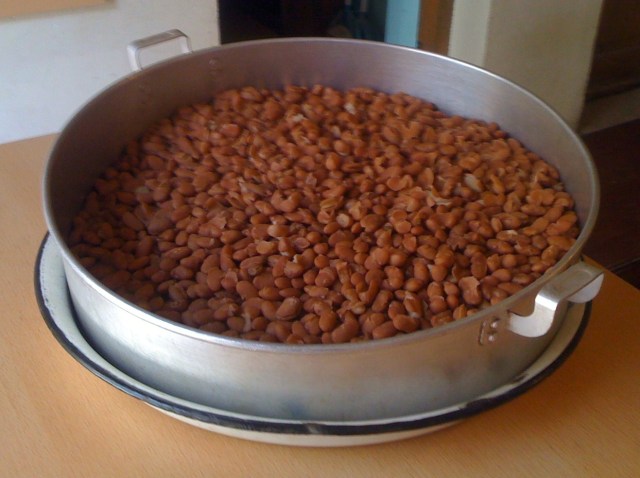
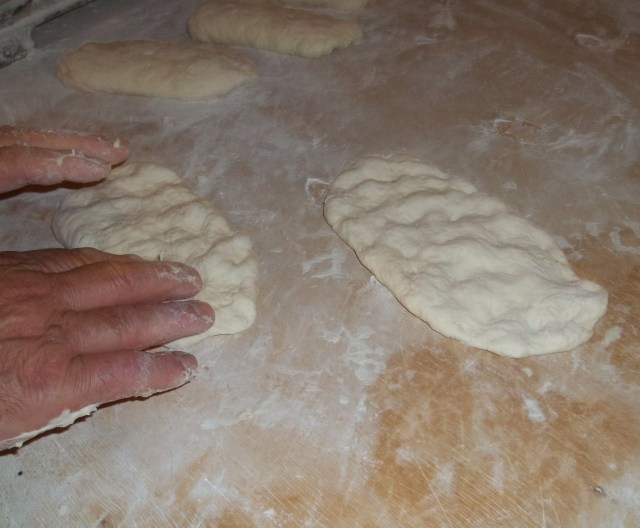

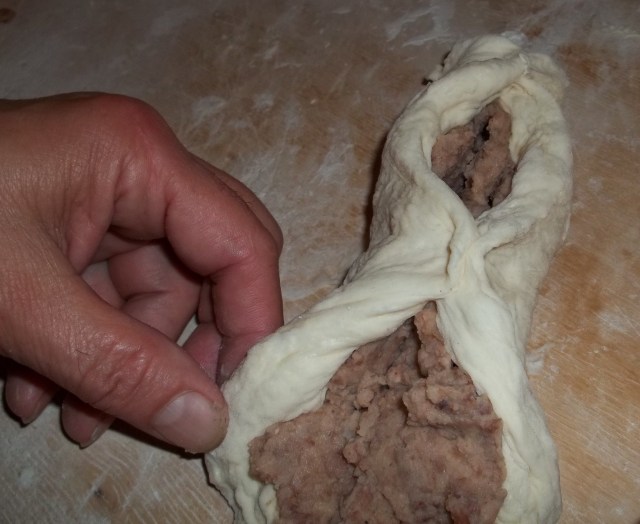
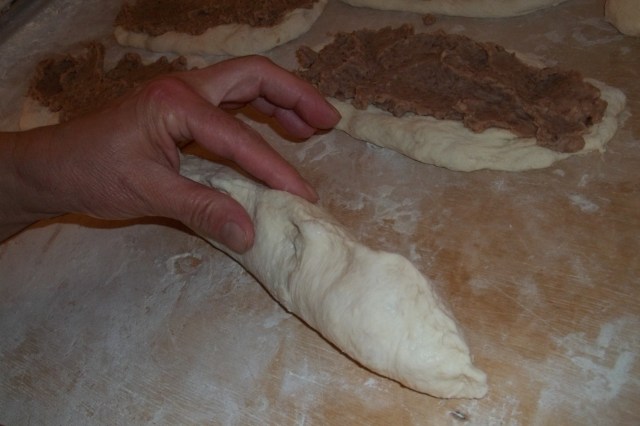
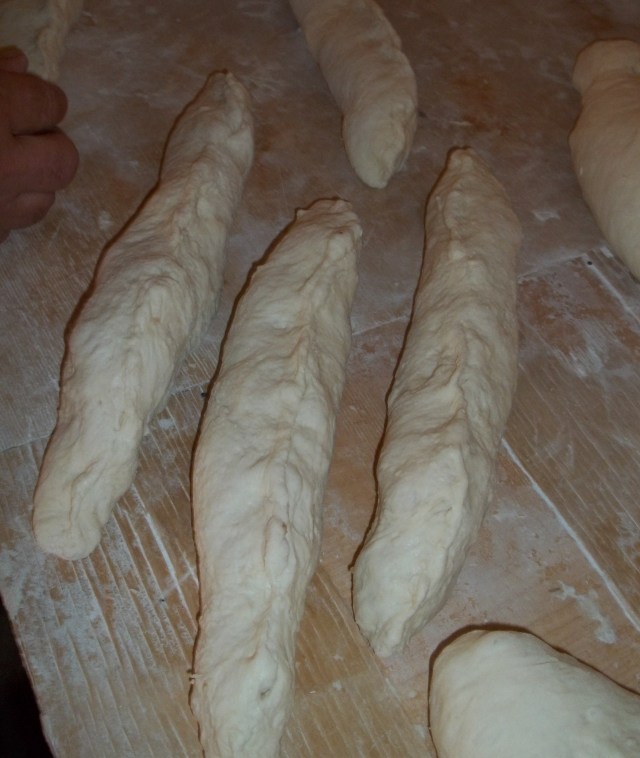
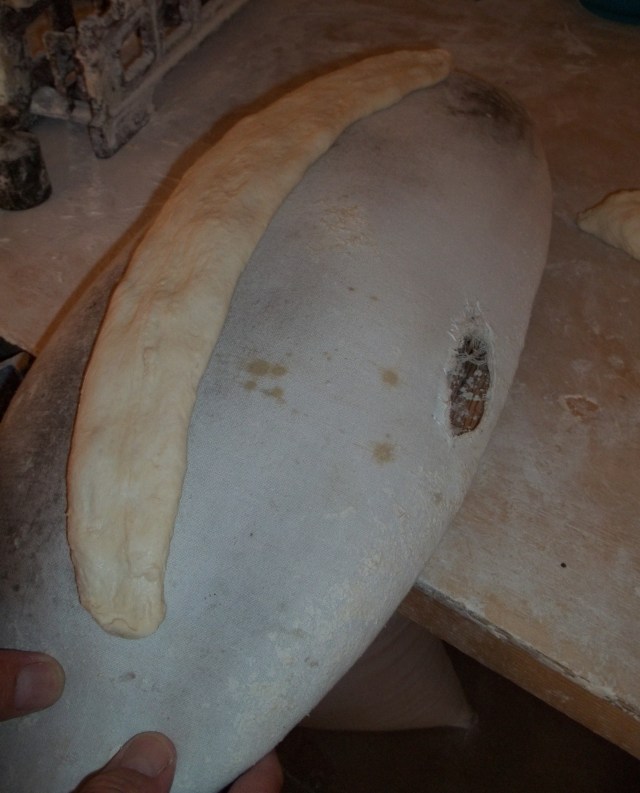

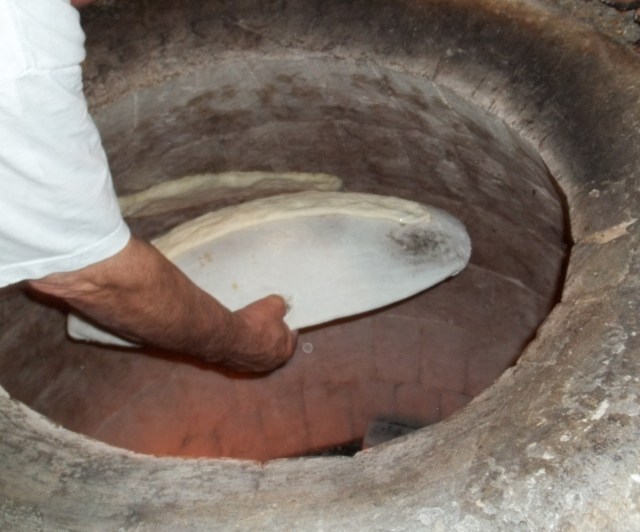
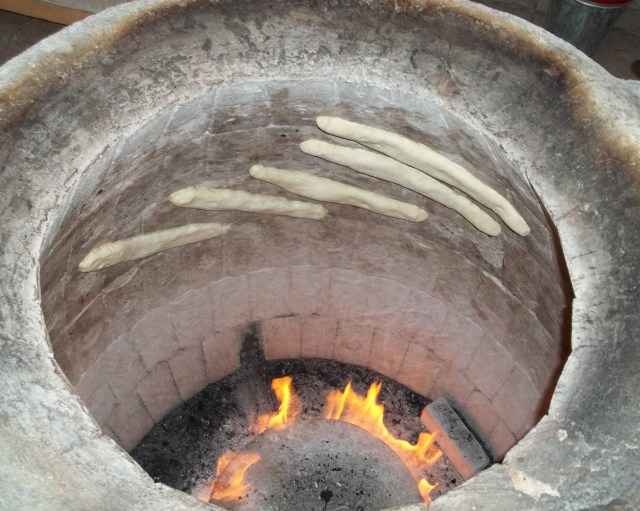
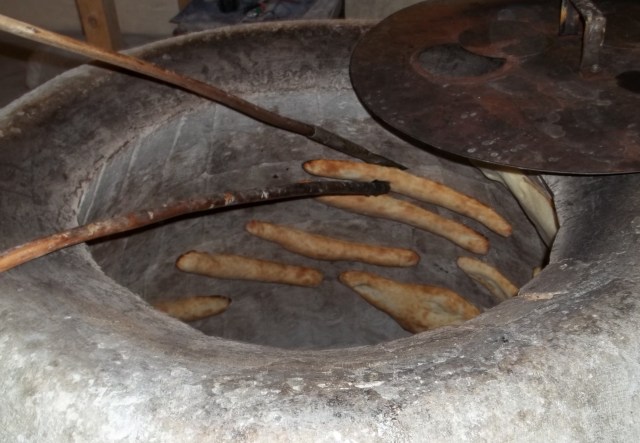
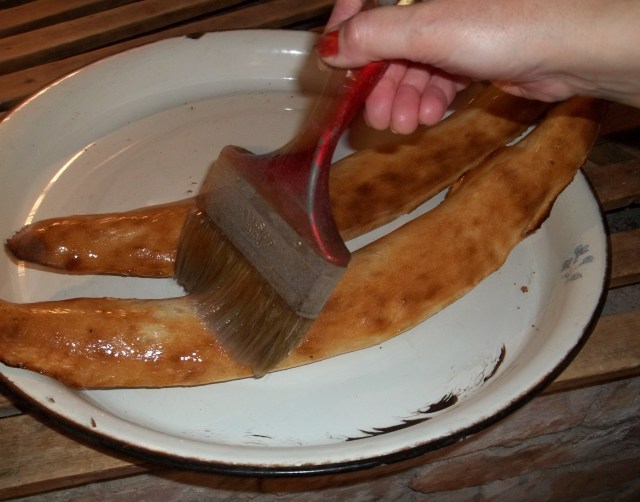
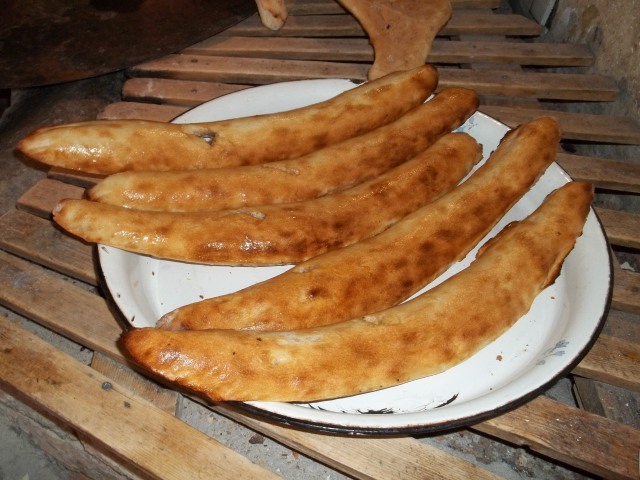






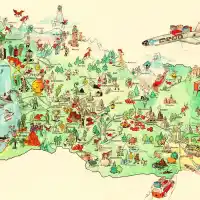

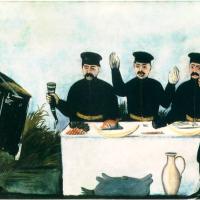
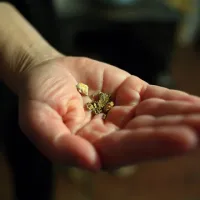




















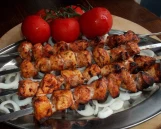







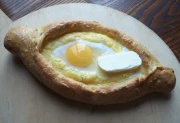

















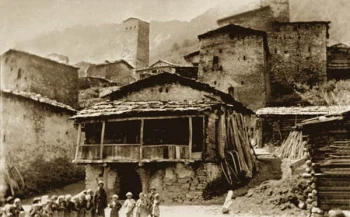

Yum, yum, yum! I can’t wait to learn how to make this!!
That looks so good — also nutritious, especially with all the protein from the beans. Looking forward to the how-to for home.
Nutritious and filling Lisa – I make lobiani at home and the next time I do I’ll take photos and write a step by steo guide.
Yummieeeee! yes, please! for the step-by-step-guide for home-made lobiani!
I’ll be interested to see how you make the bread at home with a regular oven. I’m sure that if I had to cook in a tone, all of my bread would end up in the fire.
Ooohhhh! That sounds so good!
Looks yummy….lots of good protein too. Hugs
I want that recipe!
This made me hungry!
Woo woo woo!!! Lobiani sounds yummy!!! Besides, it has kidney beans in it which must be very healthy! When I was reading this post, I thought that we couldn’t make them because we don’t have tone and Lapati here…BUT!!! you mentioned you would post home made Lobiani version on your blog, wow! very look forward to it! Woof! 🙂
We make it at home Kevin so I will write a step by step guide very soon so you can make it at home too! 🙂
Cant wait to see a step by step guide to making this. It still fascinates me to no end how they bake bread on the side of those ovens… 🙂
Interesting! You could if you wanted have fun experimenting with other fillings too!
Nancy
http://www.workingmomadventures.com
So want this recipe…lol
Thank you for this interesting article! We would like to feature some Georgian specialties on our Austrian food blog http://www.vom-essen-besessen.at, and would like to use one or two of your images (lobiani and shotis puri).
Would you be willing to grant us permission to do so? We\’ll link to your blog, of course! 🙂
Thank you for your interest. I am happy for you to use images and link back to the Georgia About blog.